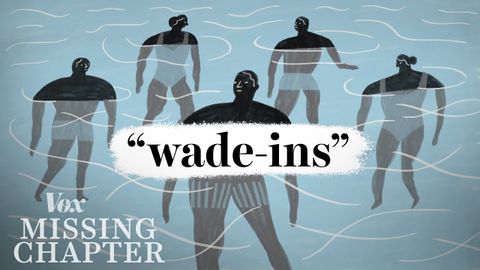アメリカを変えた忘れられた「ウェイドイン (The forgotten “wade-ins” that transformed the US)
林宜悉 が 2020 年 10 月 08 日 に投稿  この条件に一致する単語はありません
この条件に一致する単語はありません- n. (c./u.)~へ行く手段;利用する機会;アクセス
- v.t.利用可能である : 使用許可を得る
- v.t./i.アクセス;アクセスする
US /kæmˈpen/
・
UK /kæm'peɪn/
- v.i.運動を起こす
- n. (c./u.)組織的運動;作戦;選挙運動
- v.t.推進する
US /dɪˈvɛləp/
・
UK /dɪ'veləp/
- v.t./i.展開する;開発する;発達する;現像する;発症する;磨く
- v.t./i.方向を変える;移動する;シフトする
- n. (c./u.)計画や意見を変えること;(交代制の)勤務時間;勤務時間;ワンピース;地殻変動;シフトキー;変速
- adj.シフトの : 交代勤務制の
エネルギーを使用
すべての単語を解除
発音・解説・フィルター機能を解除
